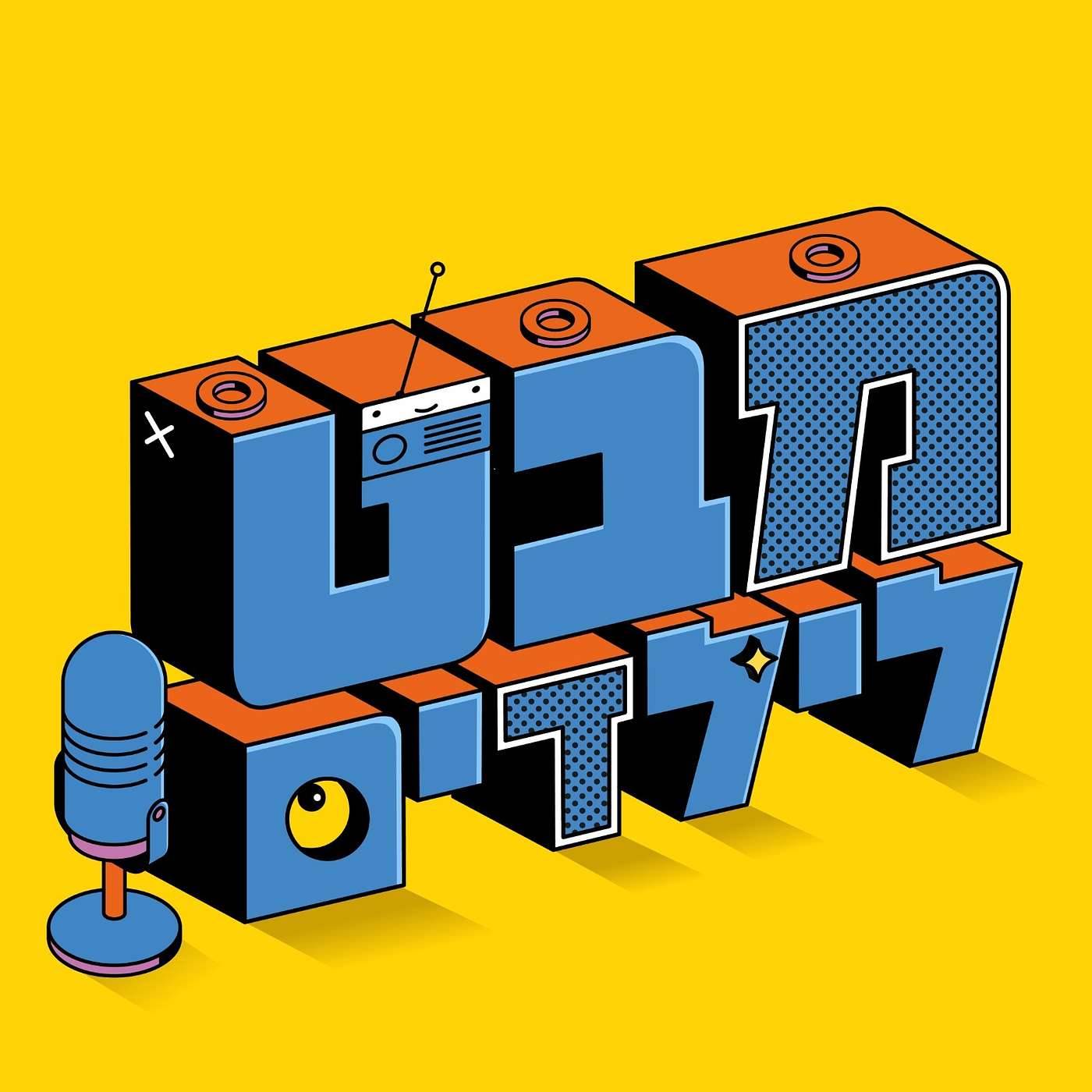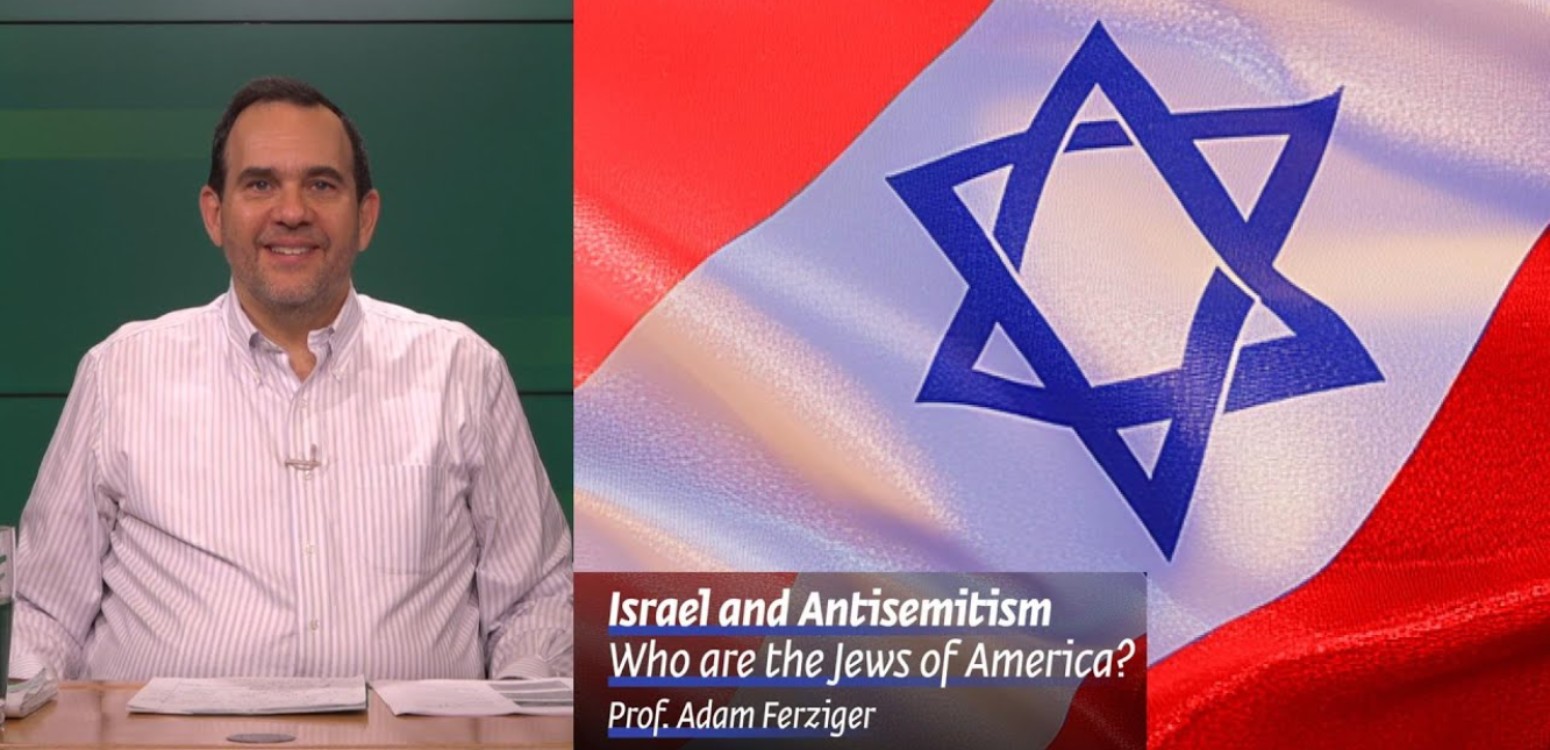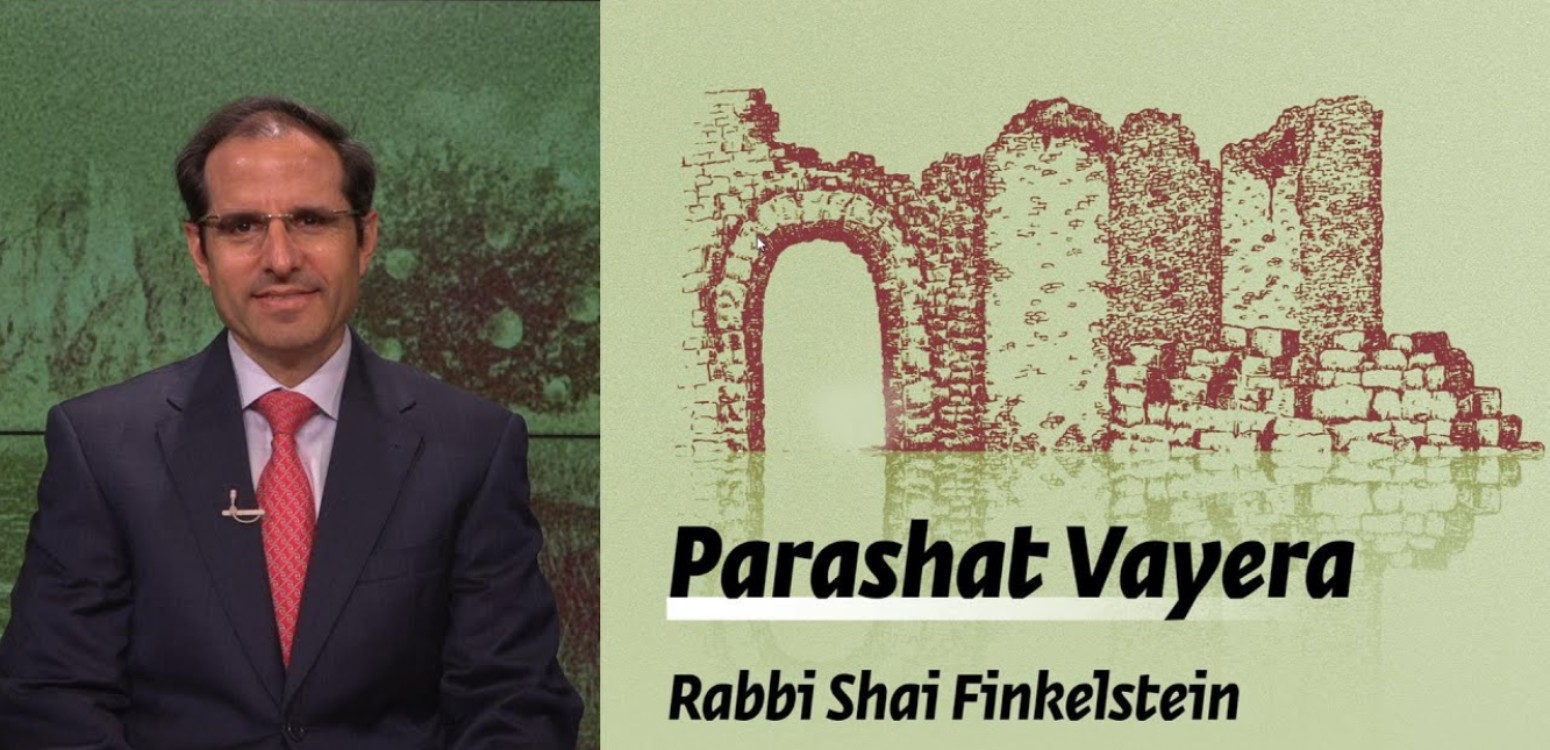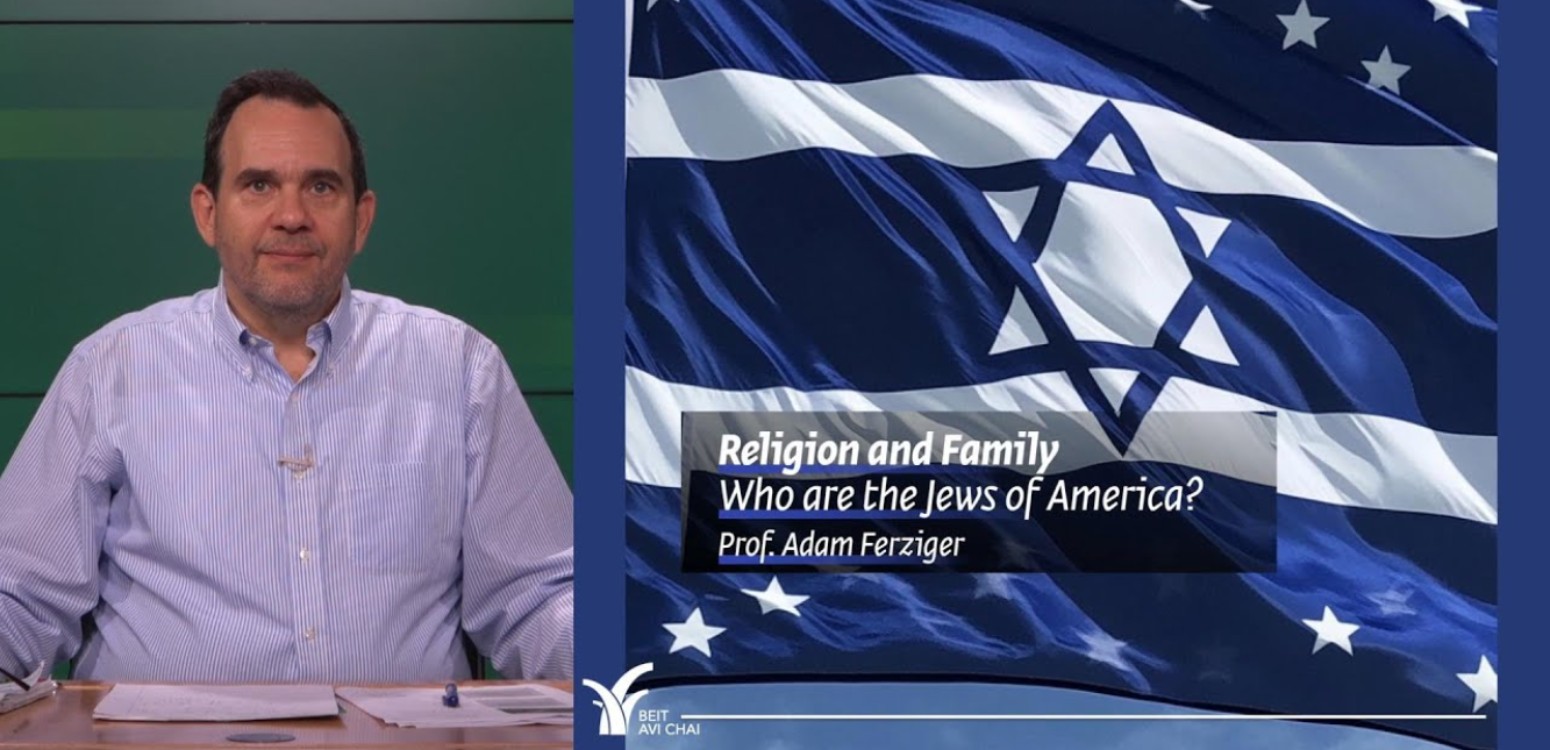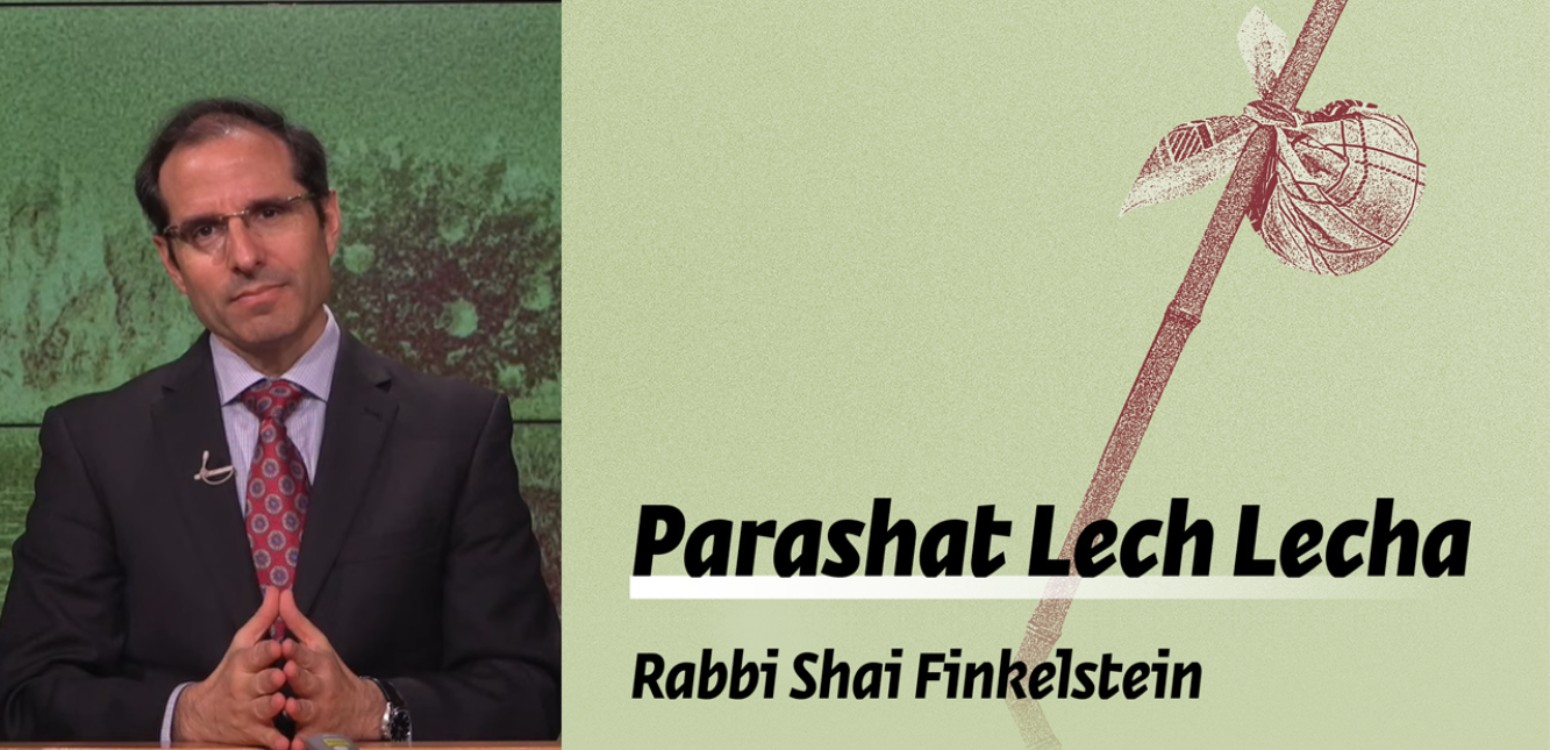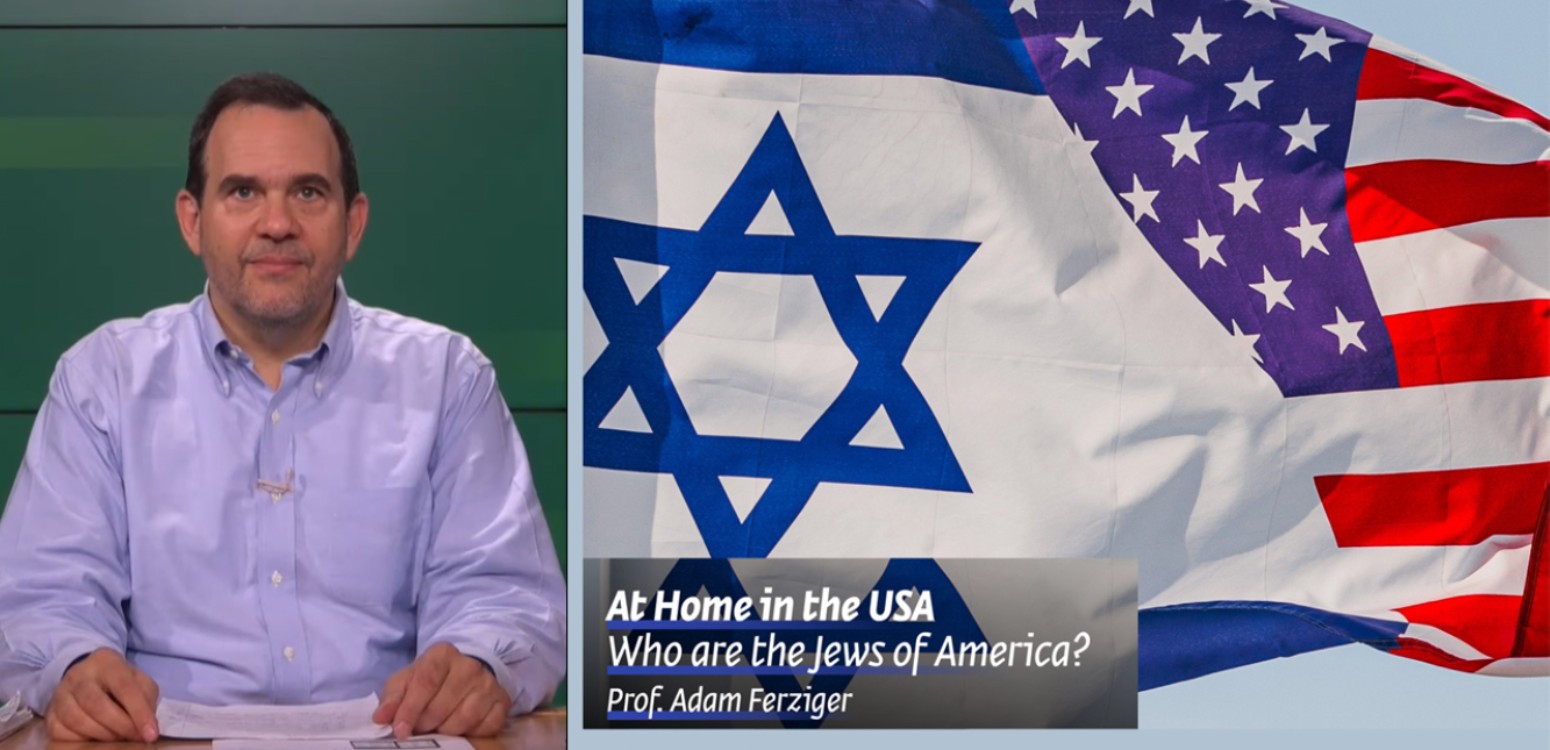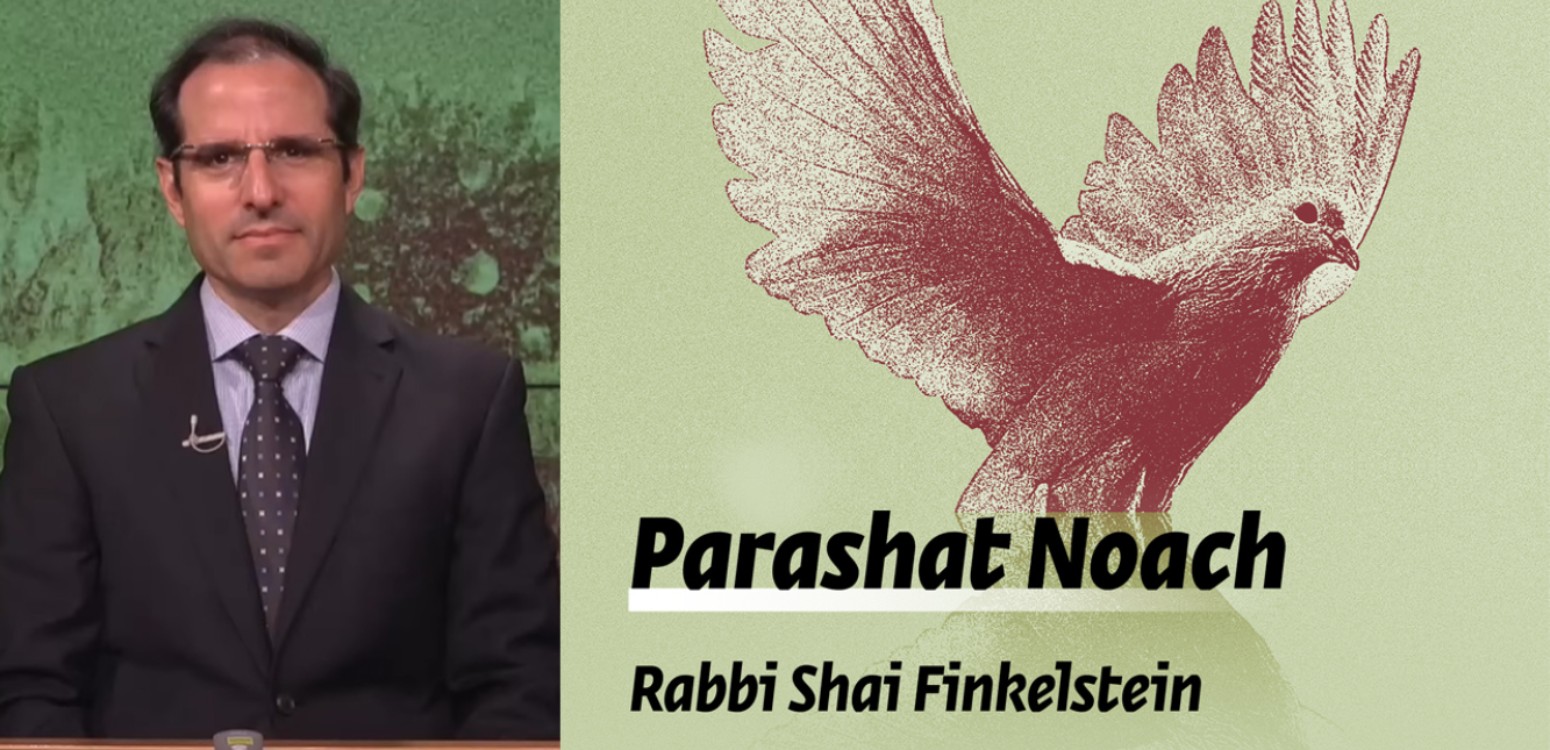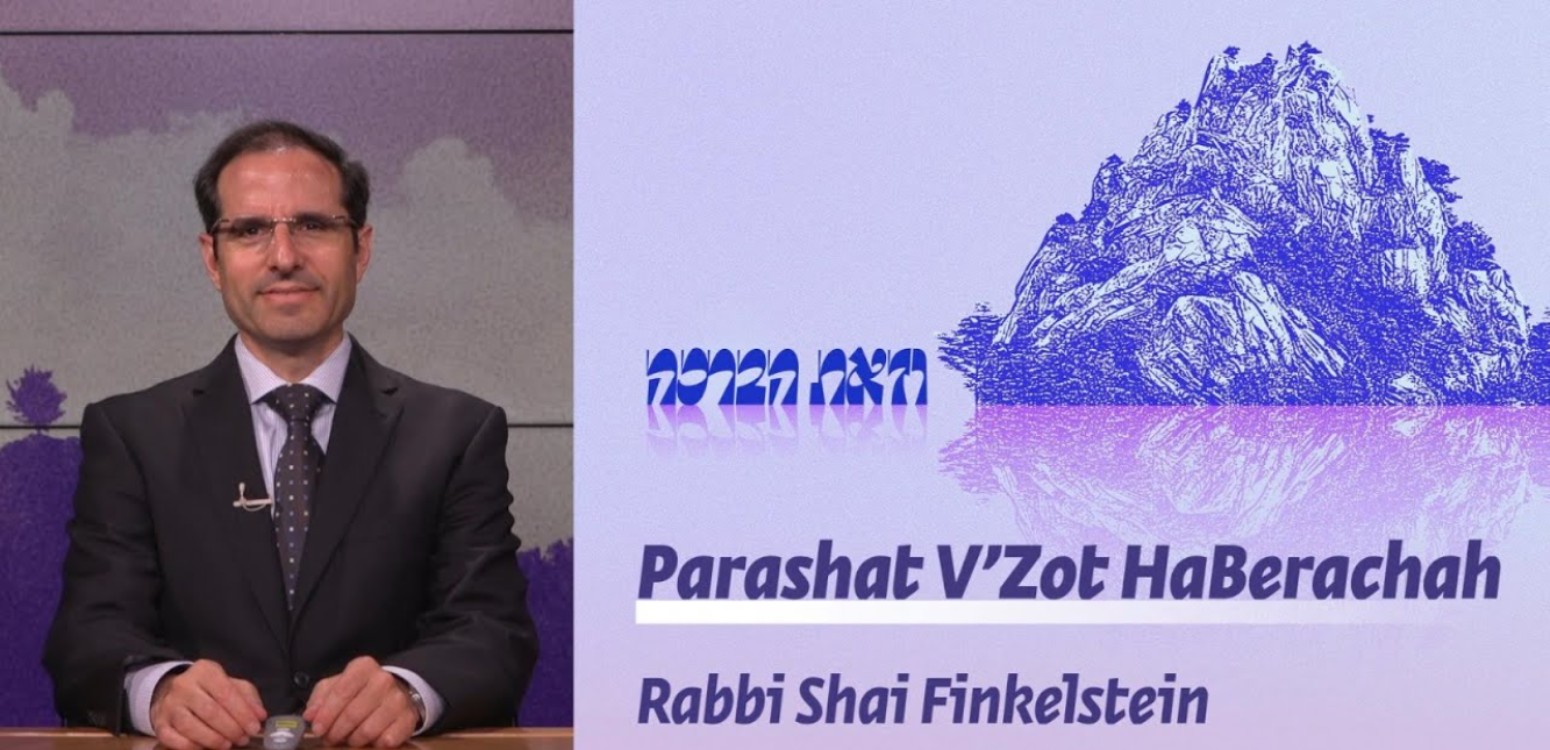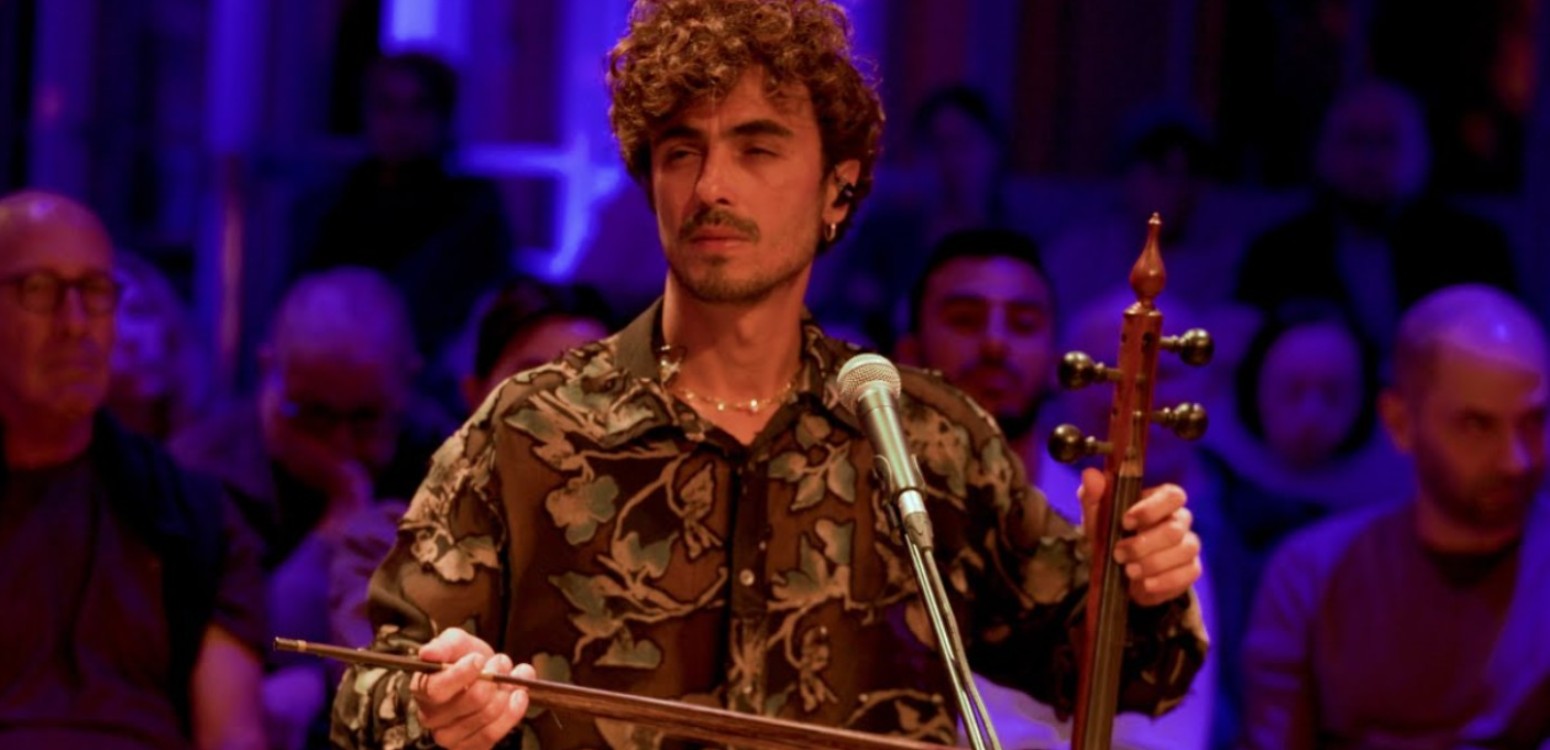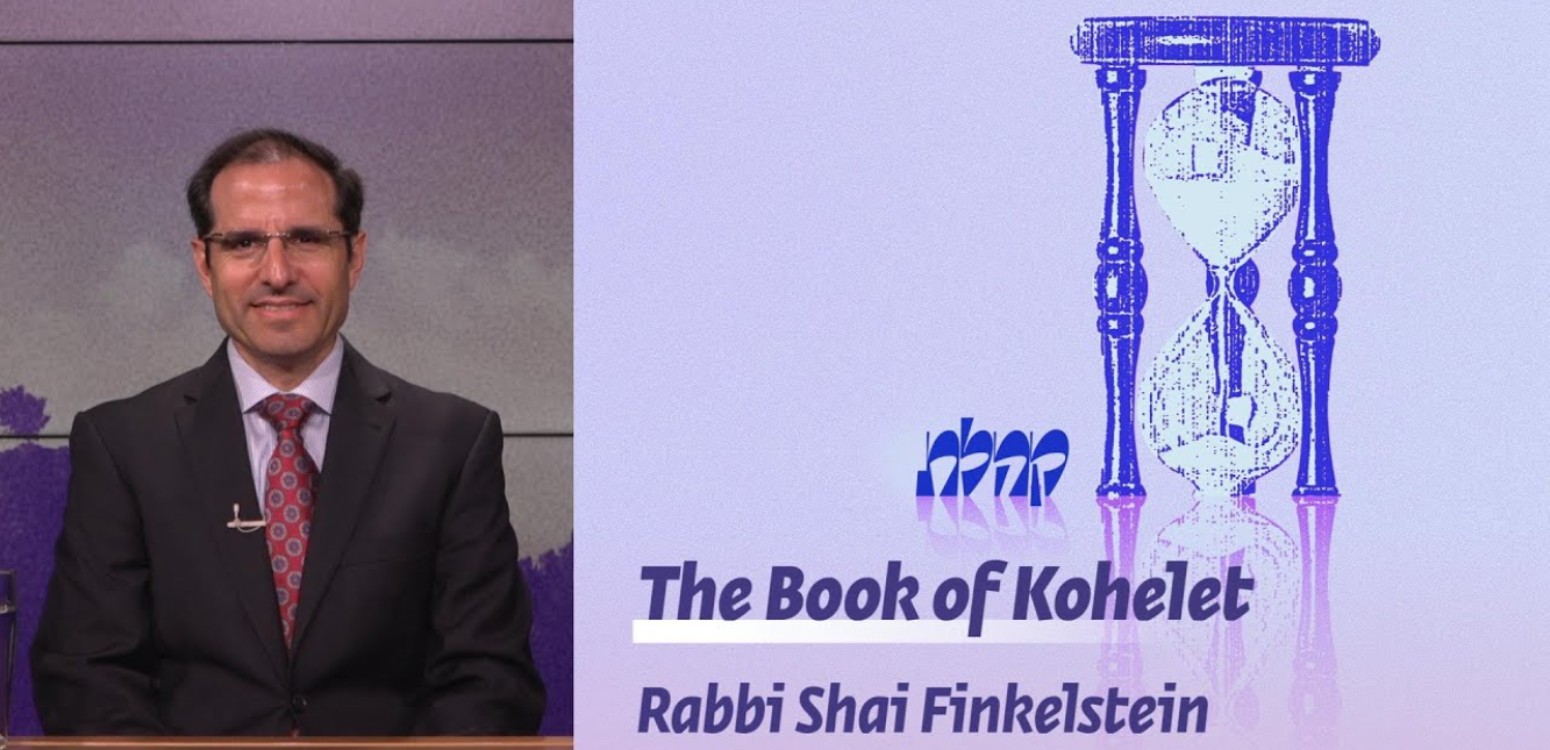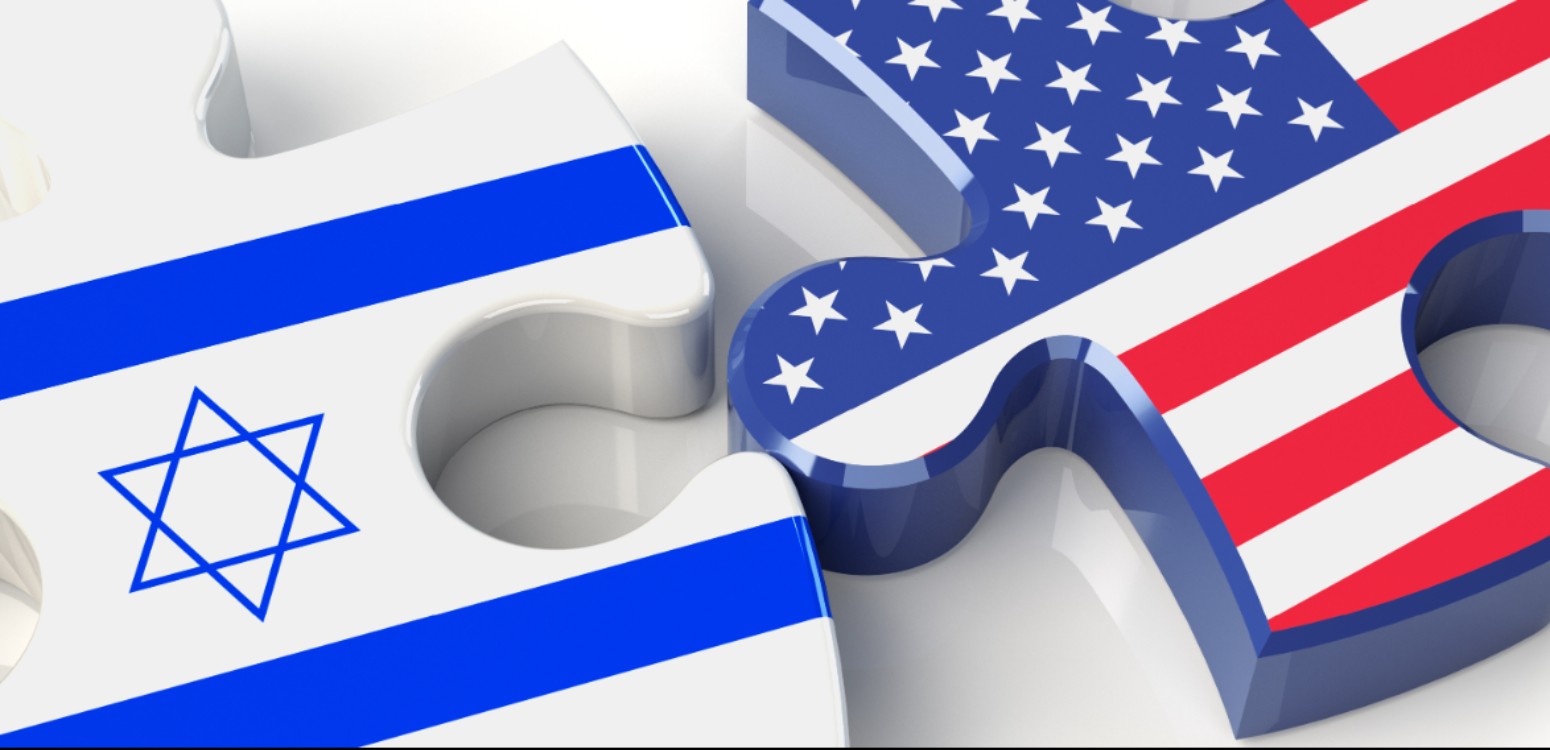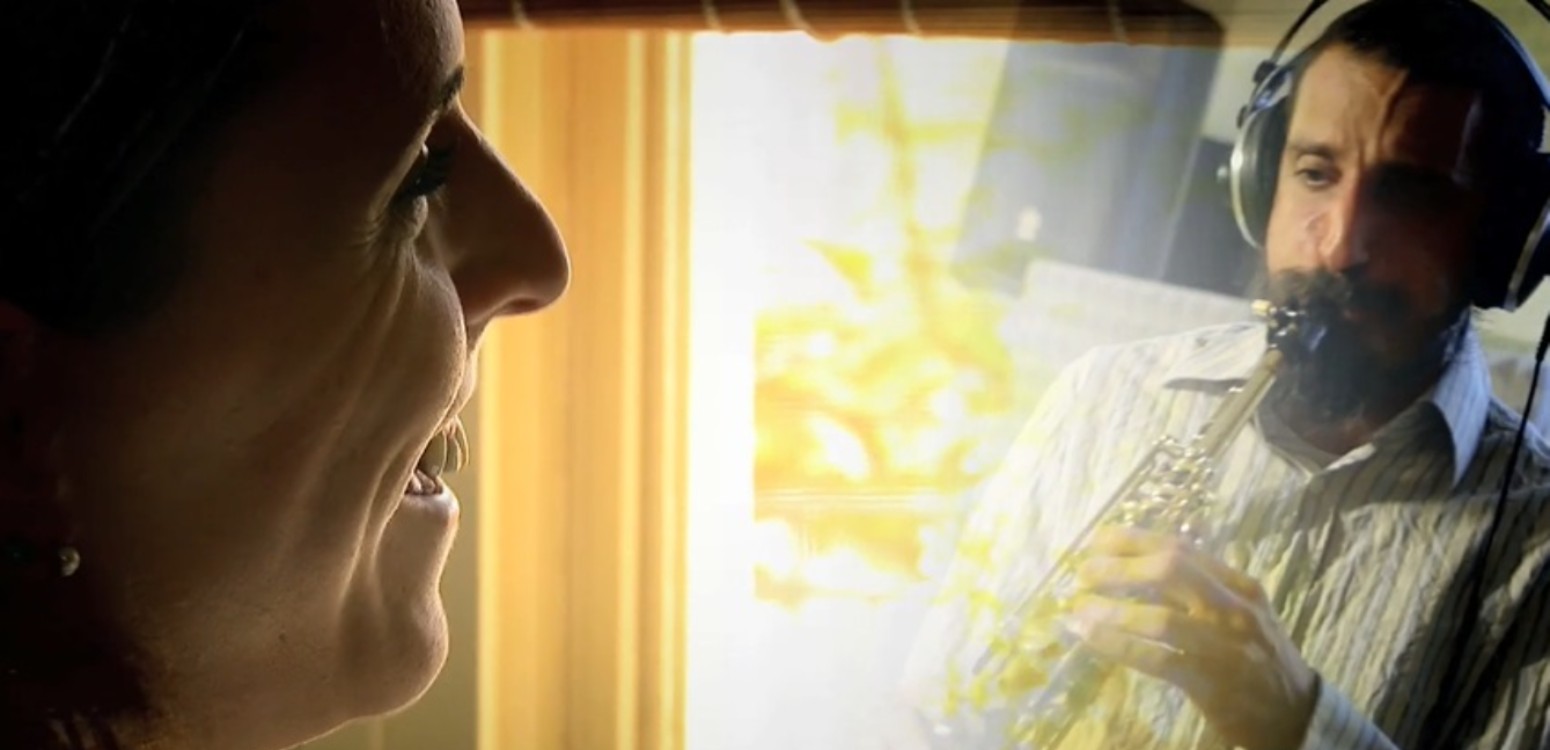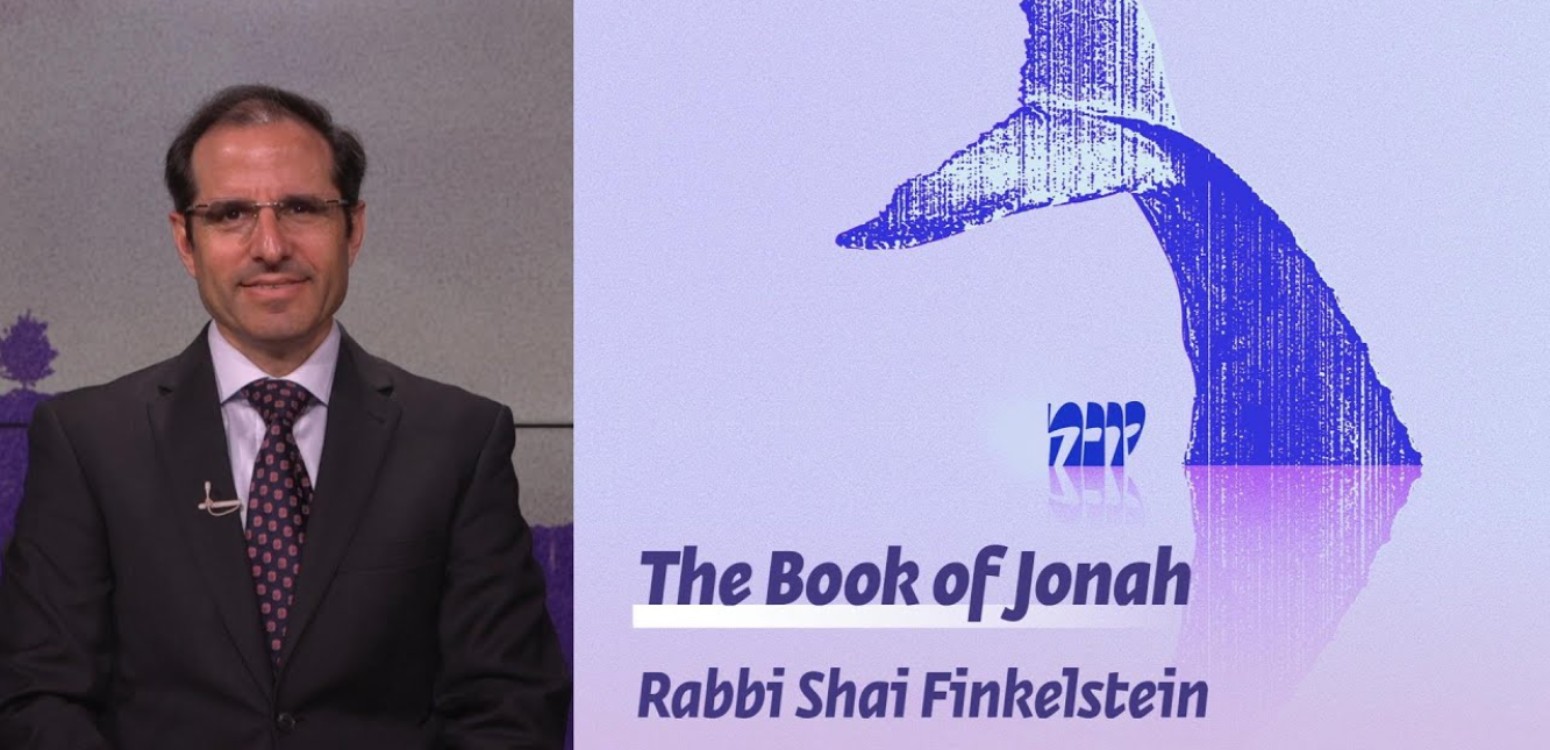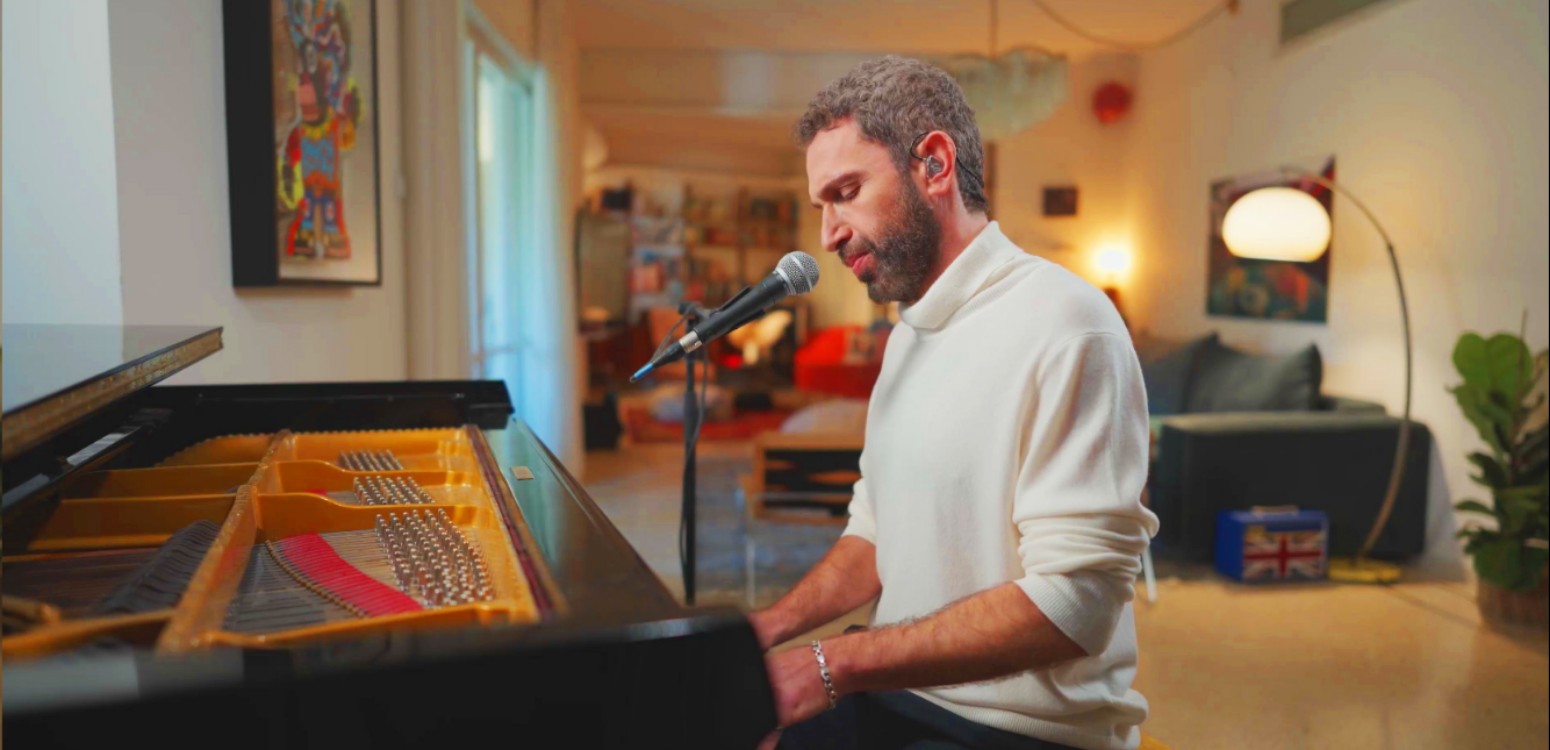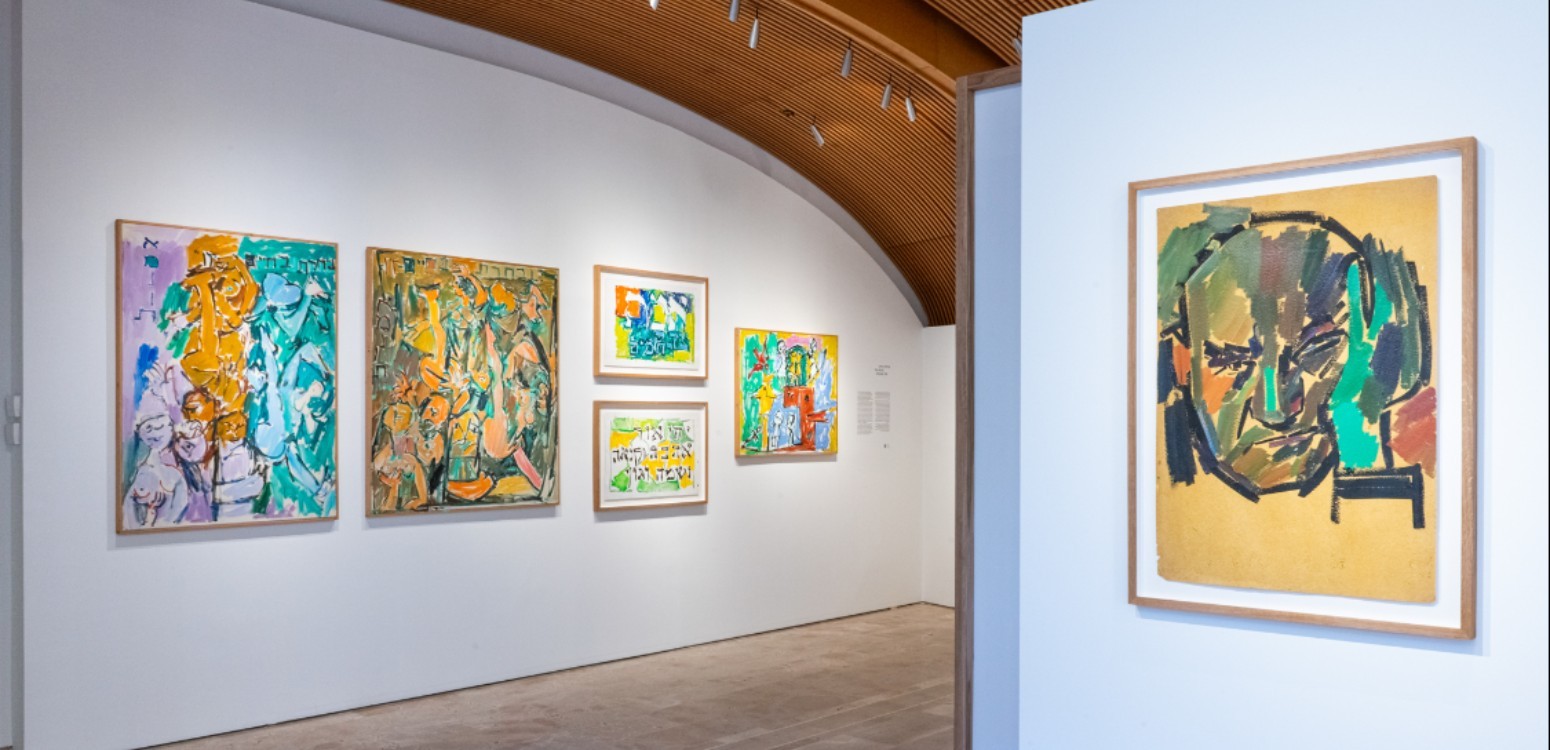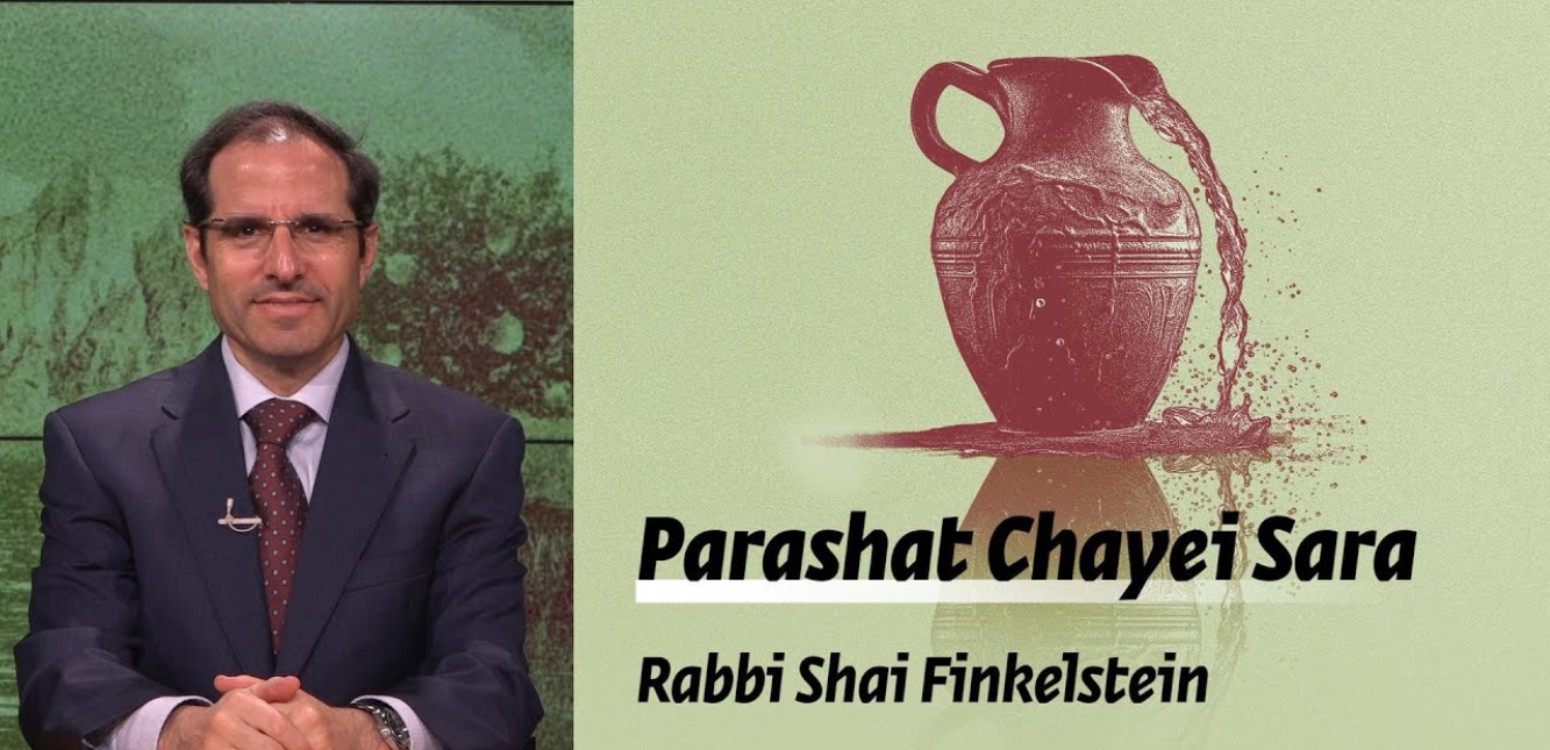


Print 1: “Gripment”
In the unraveled margins of Israeliness, of the repressed that erupts onto the craggy surface of the hilly settlements – is the Shtetl. Temporary settlements and meagerness, a rural way of living on a detached foundation. The pet goat from the muddy streets of Kaplan and Chagal’s town and the stories of Sholem Aleichem is now a mountain goat. An anarchistic protest, tribal proclamations and impertinence towards Israeliness.
In a game of governmental control and geographic hold, the settlement is a freedom of movement seeking to overcome the Shtetl spirit only to become one itself.
I came to see the act of painting on the lithographic stone as a sophisticated and levelheaded game of concealing and exposing, black and white compositions, of opposites and medium shades. Each dot on the painted surface had to make a clear statement, declaring its location on the color scale. No off-grid option, no margins, just a map of settlements.
Print 2: “Will Not Sharpen his Tongue”
Kaplan’s works provide a glance onto the world that my great-great-grandfather, the rabbi of Vitebsk, fled from. He was smuggled out by his children, who were officers during the Bolshevik Revolution, and feared for their father’s life. This is an opening into an alternative history that could have been mine.
Goats and dogs accompany the life of the town, living in the margins and reflecting the wretchedness and abjection. They also represent the ostracized and therefore the unruly and undisciplined too.
The Shtetl Jew from Roman Vishniac’s well-known photo, next to an “unclean beast”, both etched onto the stone like a tombstone. Kaplan’s painting for Sholem Aleichem’s story for children called “Rabchik, A Jewish Dog”, reminded me of the lions from the parochet (curtain on the holy ark in Synagogues where the Torah is kept) decorations – both protecting and threatening, lean, strange and weird-looking, sticking out their tongues.
Porat Salomon (b. 1980)
Artist, curator, lecturer. Founder of the Pardes Academy of Art. Porat’s artworks works are exhibited in galleries and museums in Israel and abroad. Winner of the Ministry of Culture and Sports Prize for Young Artists in 2016 and The Uri Orbach Prize for Jewish Culture in 2022.
Also at Beit Avi Chai


